Ingredients
• 1 ½ packages active dry yeast (about 3 1/2 teaspoons)
• 1 tablespoon plus 1/2 cup sugar
• ½ cup vegetable oil, more for greasing bowl
• 5 large eggs
• 1 tablespoon salt
• 8 to 8 ½ cups all-purpose flour
• Poppy or sesame seeds for sprinkling
Preparation
Step 1
In a large bowl, dissolve yeast and 1 tablespoon sugar in 1 3/4 cups lukewarm water.
Step 2
Whisk oil into yeast, then beat in 4 eggs, one at a time, with remaining sugar and salt. Gradually add flour. When dough holds together, it is ready for kneading. (You can also use a mixer with a dough hook for both mixing and kneading.)
Step 3
Turn dough onto a floured surface and knead until smooth. Clean out bowl and grease it, then return dough to bowl. Cover with plastic wrap, and let rise in a warm place for 1 hour, until almost doubled in size. Dough may also rise in an oven that has been warmed to 150 degrees then turned off. Punch down dough, cover and let rise again in a warm place for another half-hour.
Step 4
To make a 6-braid challah, either straight or circular, take half the dough and form it into 6 balls. With your hands, roll each ball into a strand about 12 inches long and 1 1/2 inches wide. Place the 6 in a row, parallel to one another. Pinch the tops of the strands together. Move the outside right strand over 2 strands. Then take the second strand from the left and move it to the far right. Take the outside left strand and move it over 2. Move second strand from the right over to the far left. Start over with the outside right strand. Continue this until all strands are braided. For a straight loaf, tuck ends underneath. For a circular loaf, twist into a circle, pinching ends together. Make a second loaf the same way. Place braided loaves on a greased cookie sheet with at least 2 inches in between.
Step 5
Beat remaining egg and brush it on loaves. Either freeze breads or let rise another hour.
Step 6
If baking immediately, preheat oven to 375 degrees and brush loaves again. If freezing, remove from freezer 5 hours before baking. Then dip your index finger in the egg wash, then into poppy or sesame seeds and then onto a mound of bread. Continue until bread is decorated with seeds.
Step 7
Bake in middle of oven for 35 to 40 minutes, or until golden. Cool loaves on a rack.
Sample Imagery
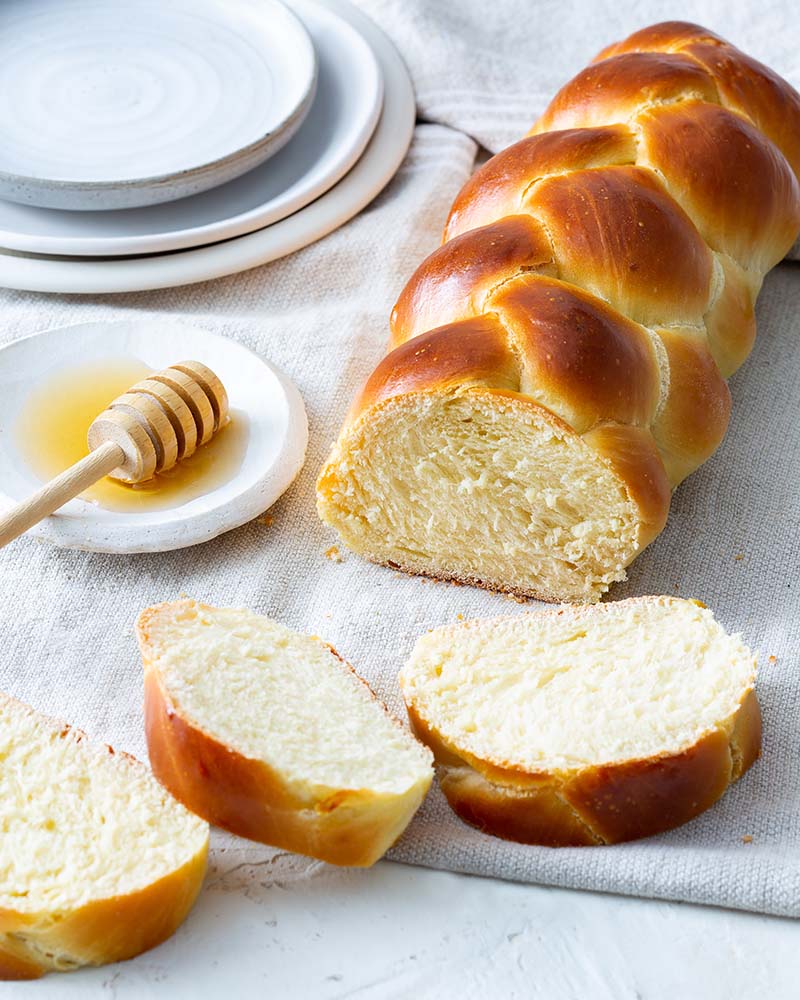
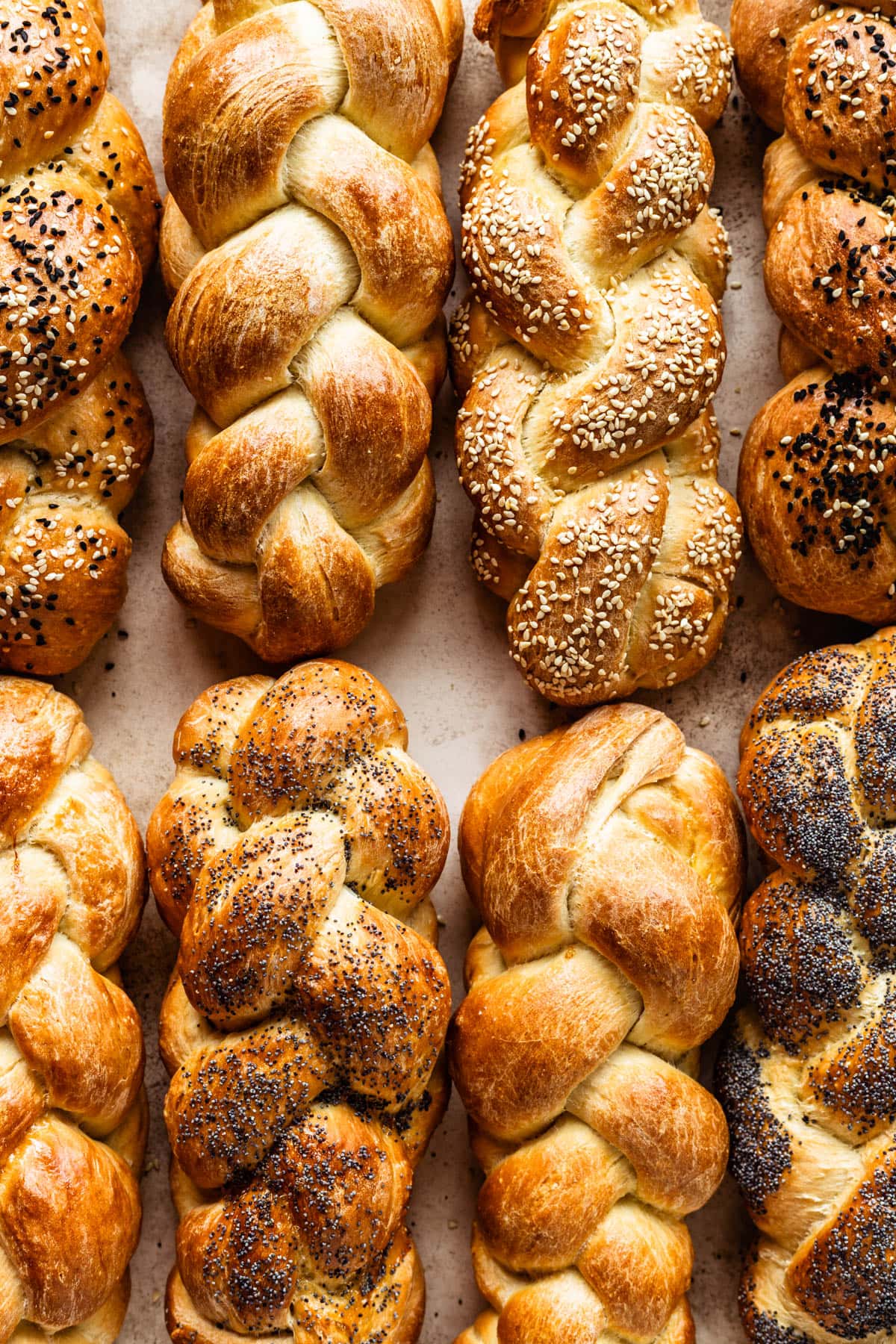
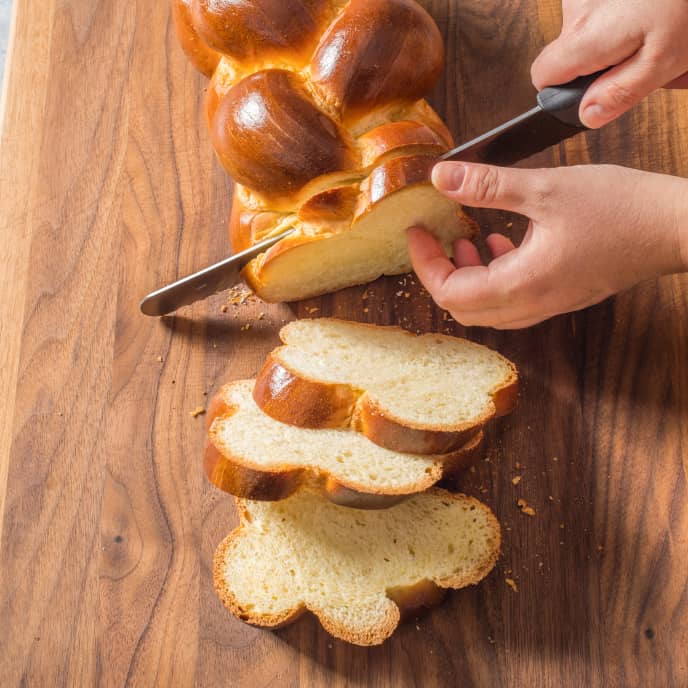
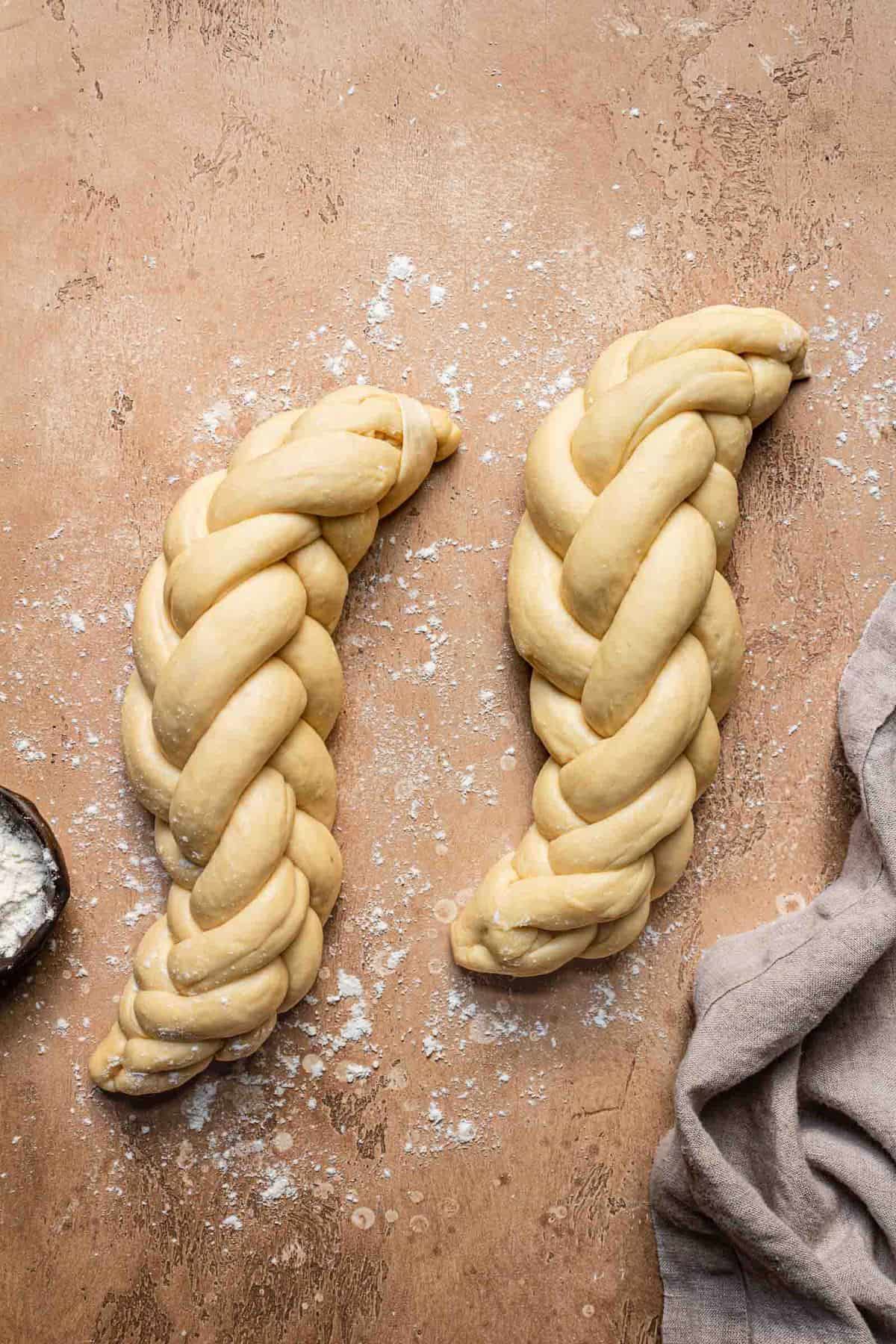
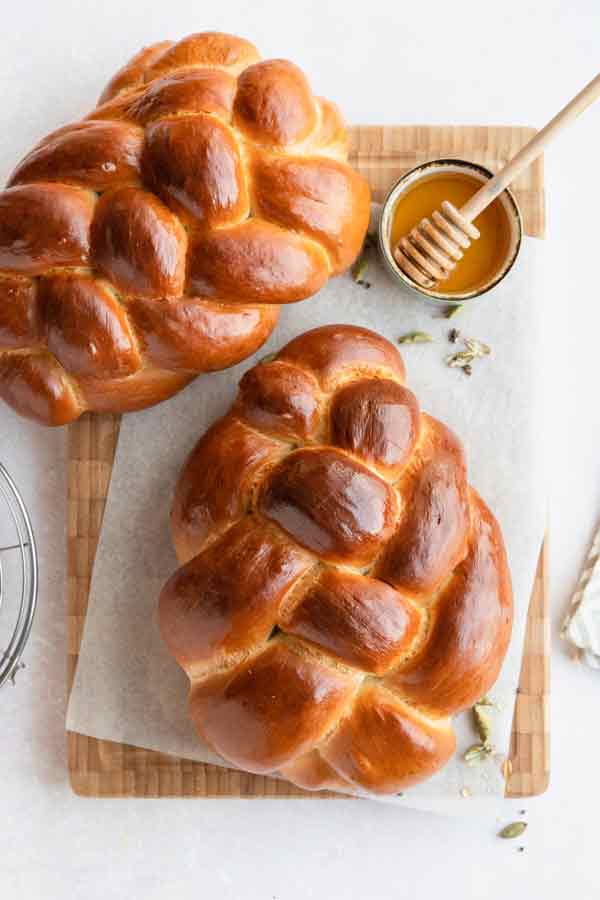
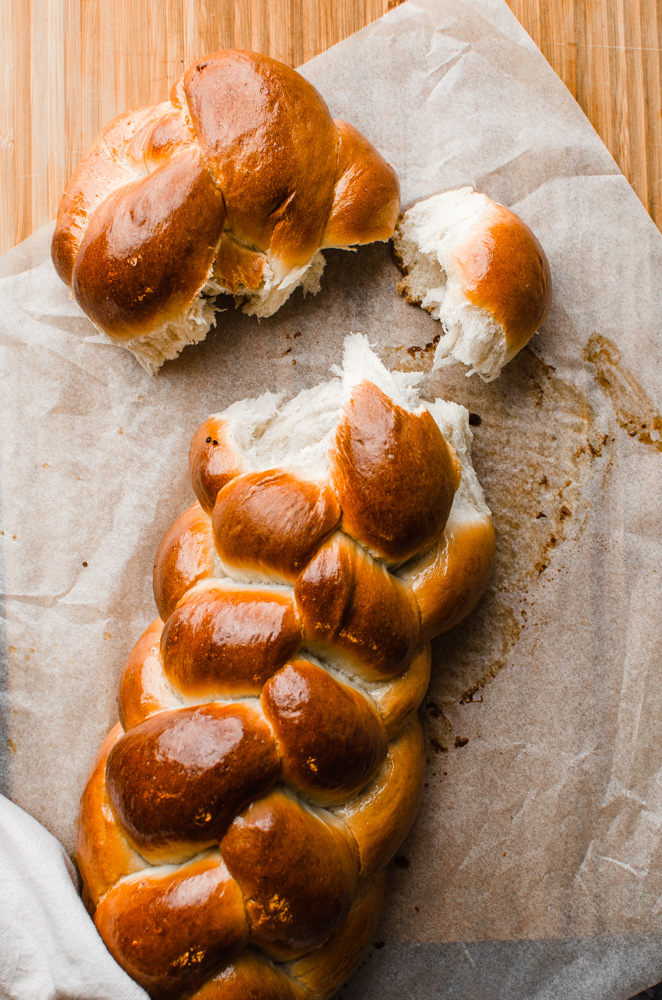
Recipe Websites
Hello Fresh is a great example of a recipe website. Each recipe page is consistent and clear. Nutrition facts are on the side, and there are pictures of each ingredient to make following directions very clear. You can also toggle serving size, which in turn adjusts the number of ingredients.
Another great example is Serious Eats, which categorizes recipes by method. This is helpful to quickly identify which meals you can prepare based on the amount of time you have and the appliances available to you. I also really like how the recipes have interesting hover states. It makes the website more interactive and visually appealing.
Finally, I think that Tasty is formatted nicely and in a fun way. The navigation bar at the top is intuitive and separated usefully, but there is also a scrolling option that lets you explore if you don't have anything specific in mind. There are also videos mixed in with the pictures for more options and for a visual break.
Other Websites
I really appreciate how the Figma website uses scrolling. The pace of scrolling dictates the image on the side of the screen that accompanies the text to the left of it. The text moves up and down, but scrolling keeps the image in place -- it just changes what is shown. I think this could be really interesting when used in a recipe context.
Skyline Films turns a website into a cinematic experience. The website is completely transformed based on the company it's designed for. I think that these websites are the most memorable and really interact with the user to create a compelling experience. With my website, I hope to employ some of the same tactics to connect the design with the content.
The Cool Club turns the browser into a three-dimensional space. Users can navigate the space and select cards. I think this is a really neat alternative to traditional information organization and I can see it translating into a recipe website.